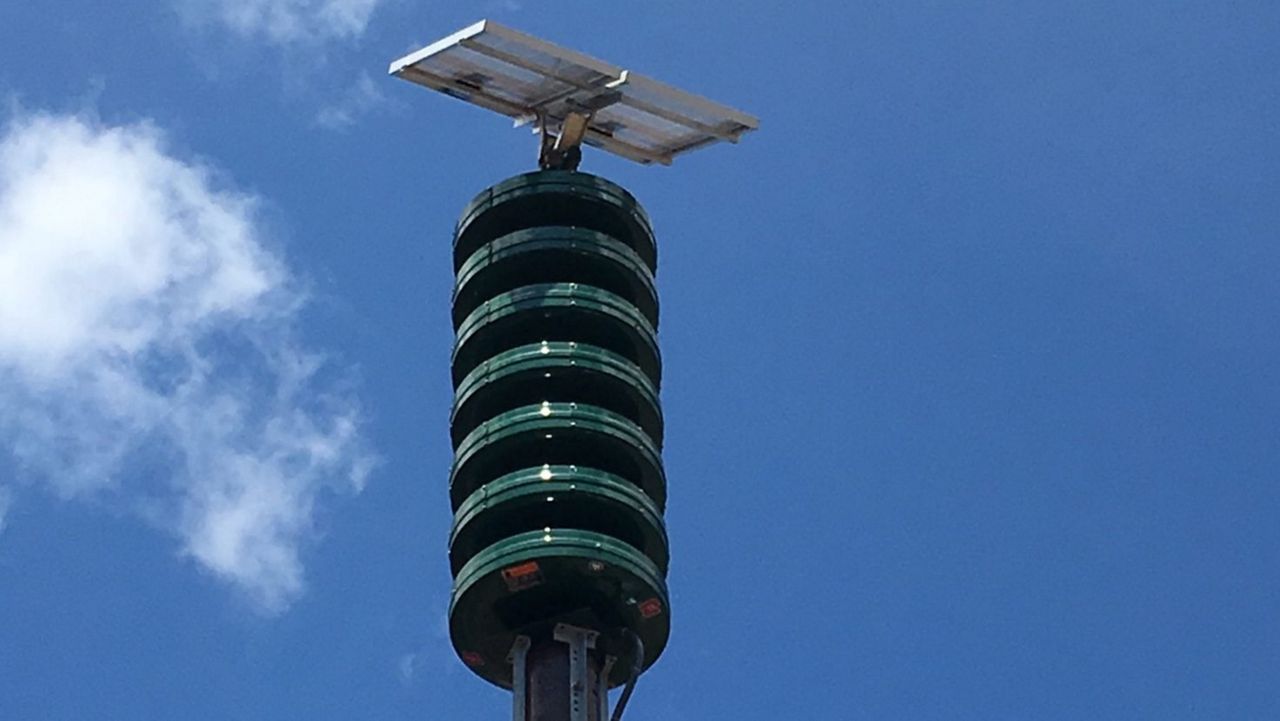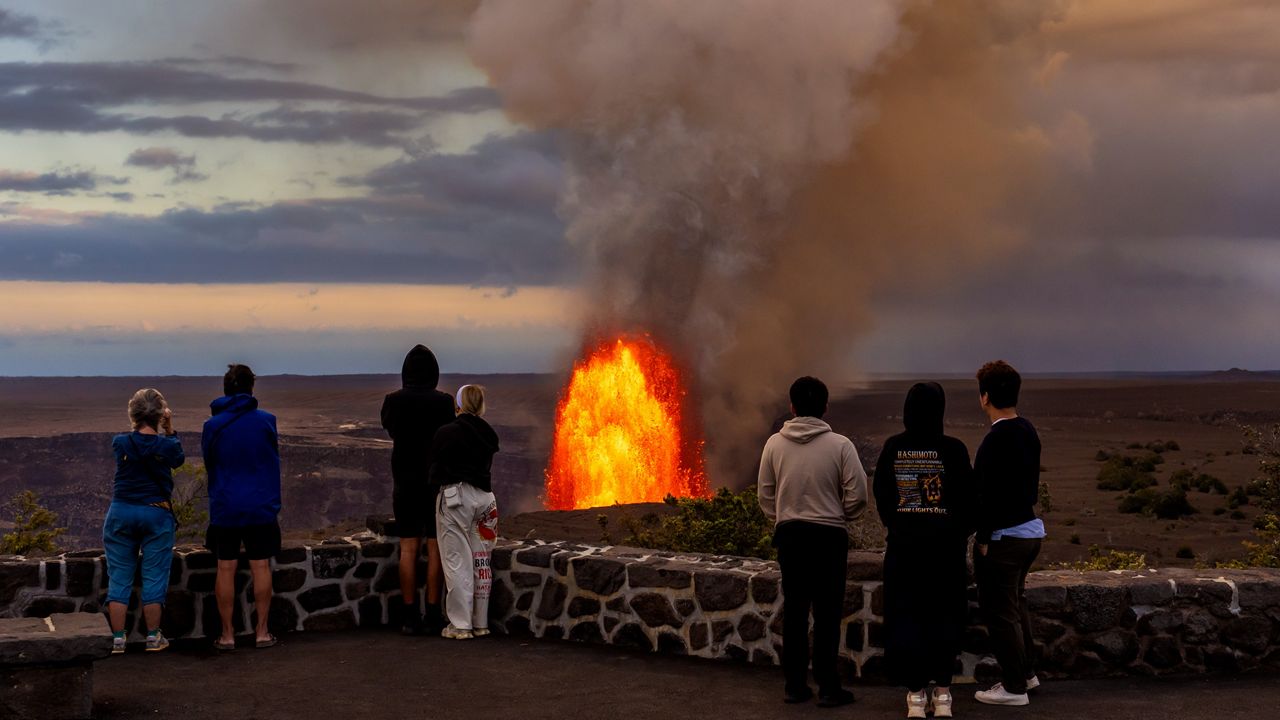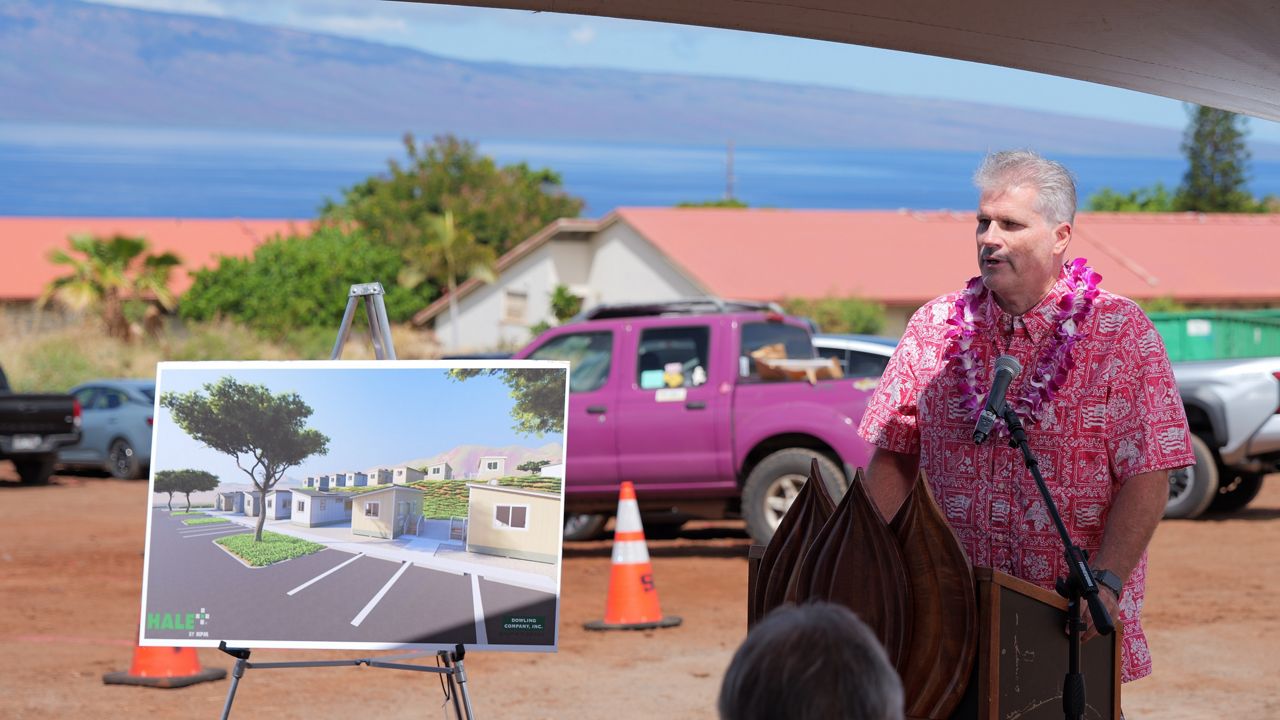With emergency siren testing set to resume on Oct. 2, the Hawaii Emergency Management Agency has released a summary for major hazards in the state, including fires.
HI-EMA cancelled the September test of the state’s all-hazard outdoor siren system amid questions about why the system was not activated when the Lahaina wildfires broke out. In the interim, the agency consulted with emergency management partners in each county to affirm protocols for which organizations have primary and secondary responsibility for activating alert systems and what factors to consider when making the decision.
“These protocols haven’t changed,” said HI-EMA administrator James Barros, in a release issued on Wednesday. “The sirens are an all-hazard alert system and the state and county emergency plans address how to use all our alert and warning tools. This summary collects information about many different hazards and puts it on one page to help ensure the public has a clear understanding of how these complex decisions are made, sometimes in a very short amount of time.”
The summary covers elements such as:
Who informs emergency managers about a hazard to the public
What information is typically weighed in deciding whether to activate sirens or other alerts
Who typically makes the decision on siren activation
Who is responsible for activating sirens (primary and secondary)
Where sirens typically would be activated for specific hazards
What other alert systems may be used instead of or along with sirens
The summary shows the diverse factors that go into decision-making about siren use, from the location of the hazard to whether it will begin to impact the public in daylight or darkness.
For example, in a fire situation, considerations include whether the hazard requires immediate action by the public (such as evacuation), whether the warning requirement exceeds the capability of first responders in the field, whether sirens are available in the area and the estimated time before impact. The activation area would be localized to affected areas.
According to the summary, the informing agency in a fire situation would be the county fire department; authority would be assumed by the county mayor. The Emergency Operations Center would bear primary responsibility for siren activation, with secondary responsibility assumed by the State Warning Point. Other alerts would include the Emergency Alert System and Wireless Emergency Alert system.
“We’re always looking to improve our response to emergencies and the review of the Maui fire response may lead to changes, but for now it’s important that Hawaii’s residents know that the sirens are an alert system that means ‘seek more information,’” Barros said.
A separate nationwide test of alert systems for radio/television and mobile devices will take place in early October.
Michael Tsai covers local and state politics for Spectrum News Hawaii. He can be reached at michael.tsai@charter.com.









